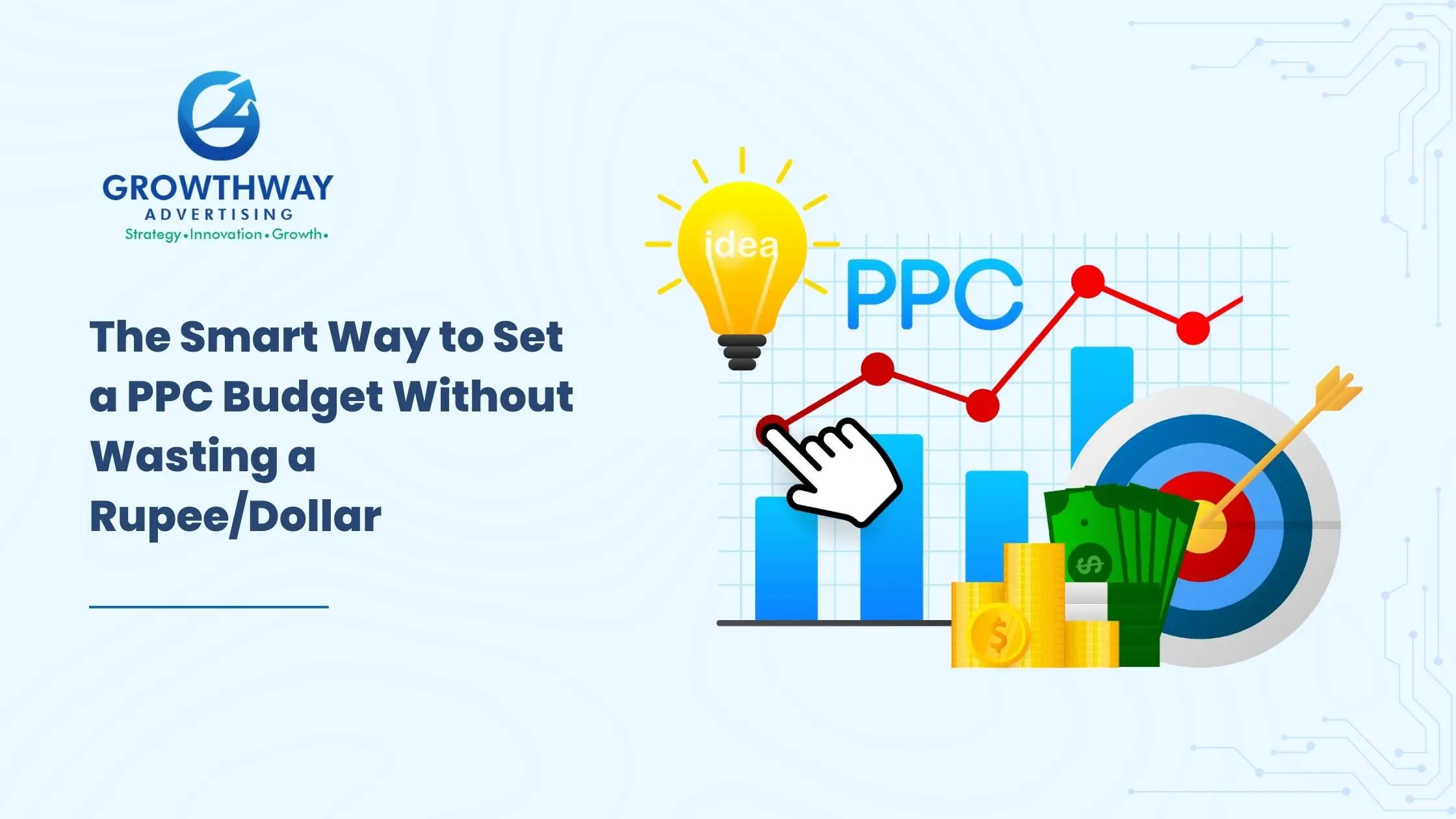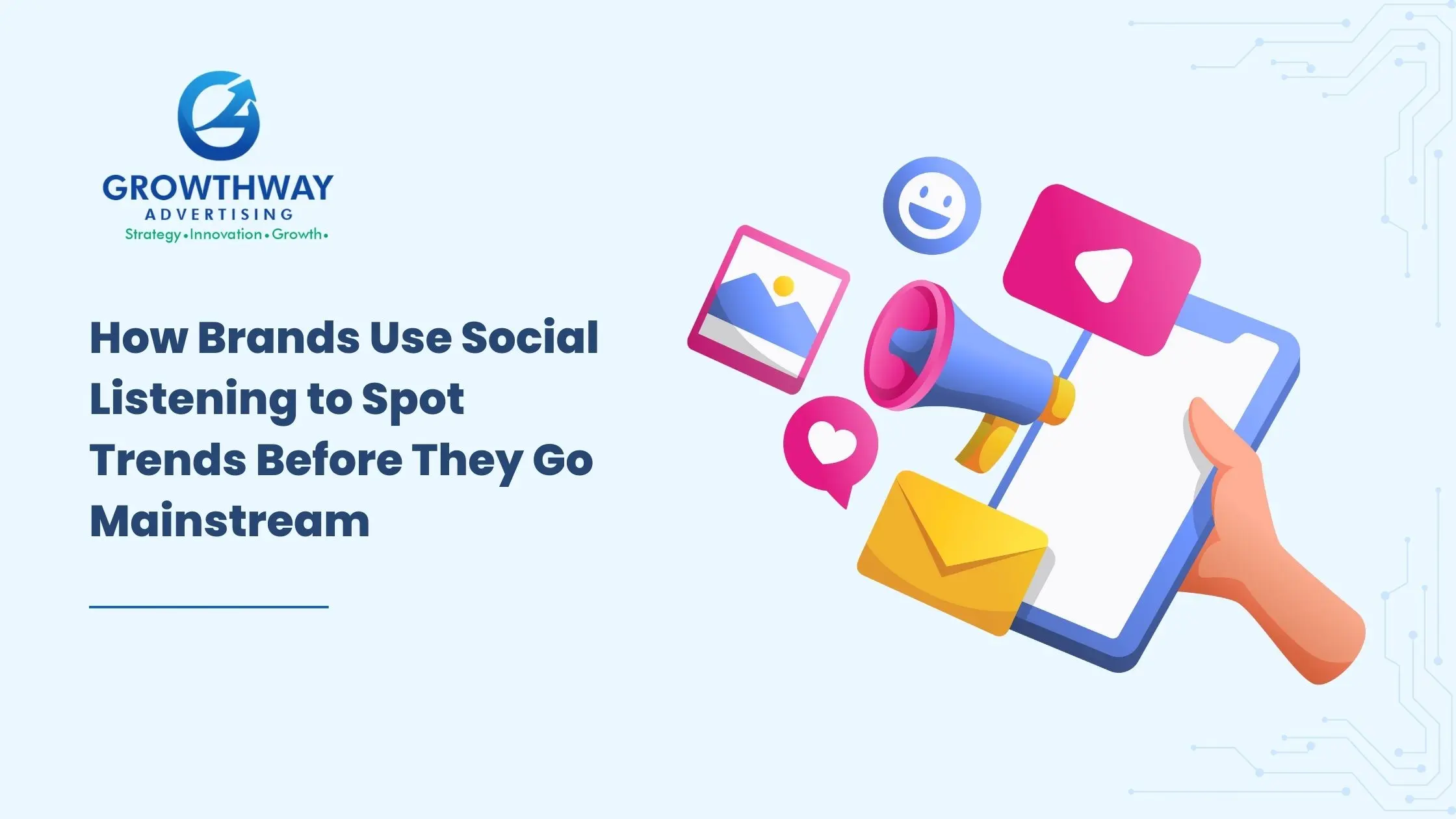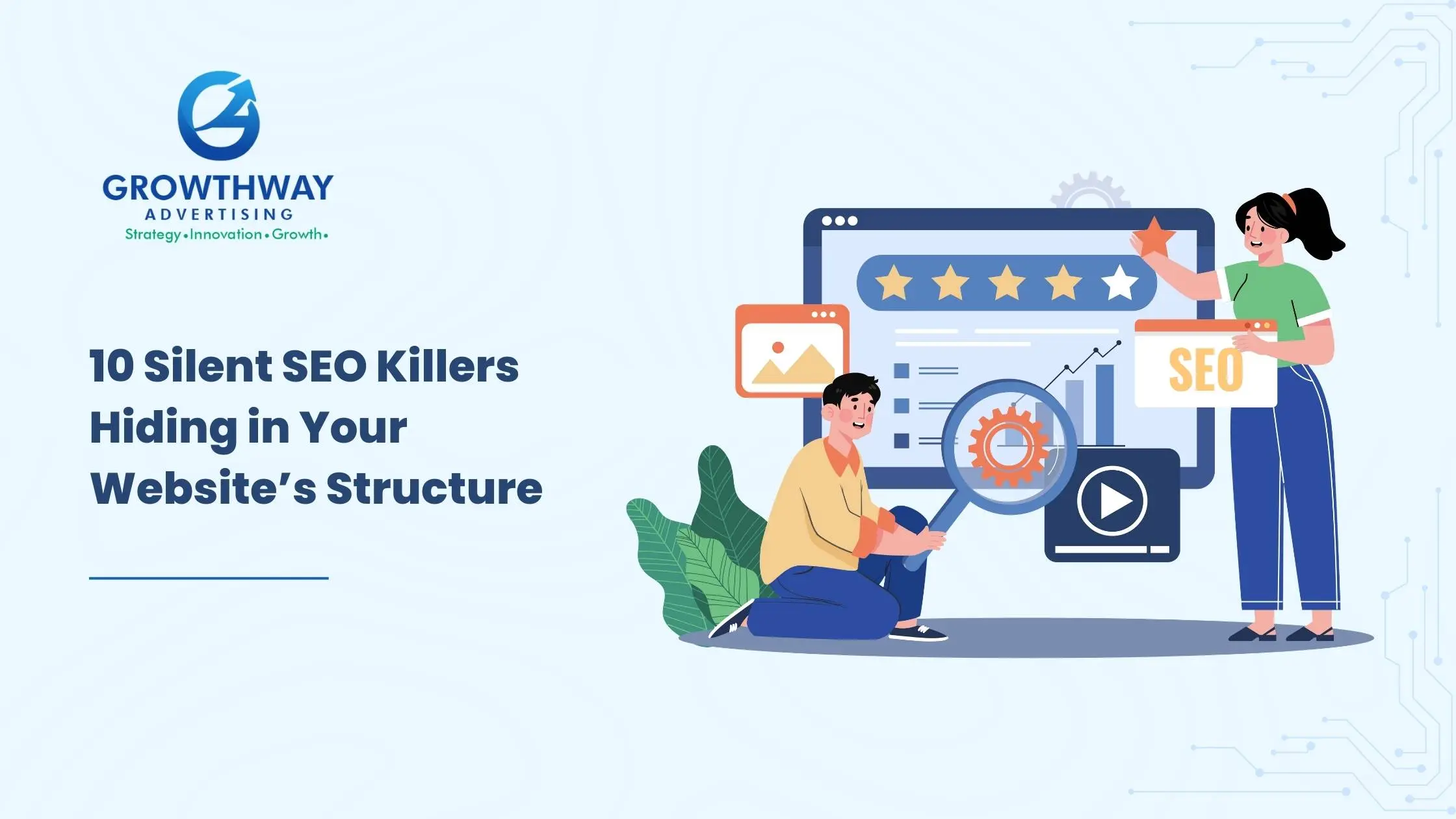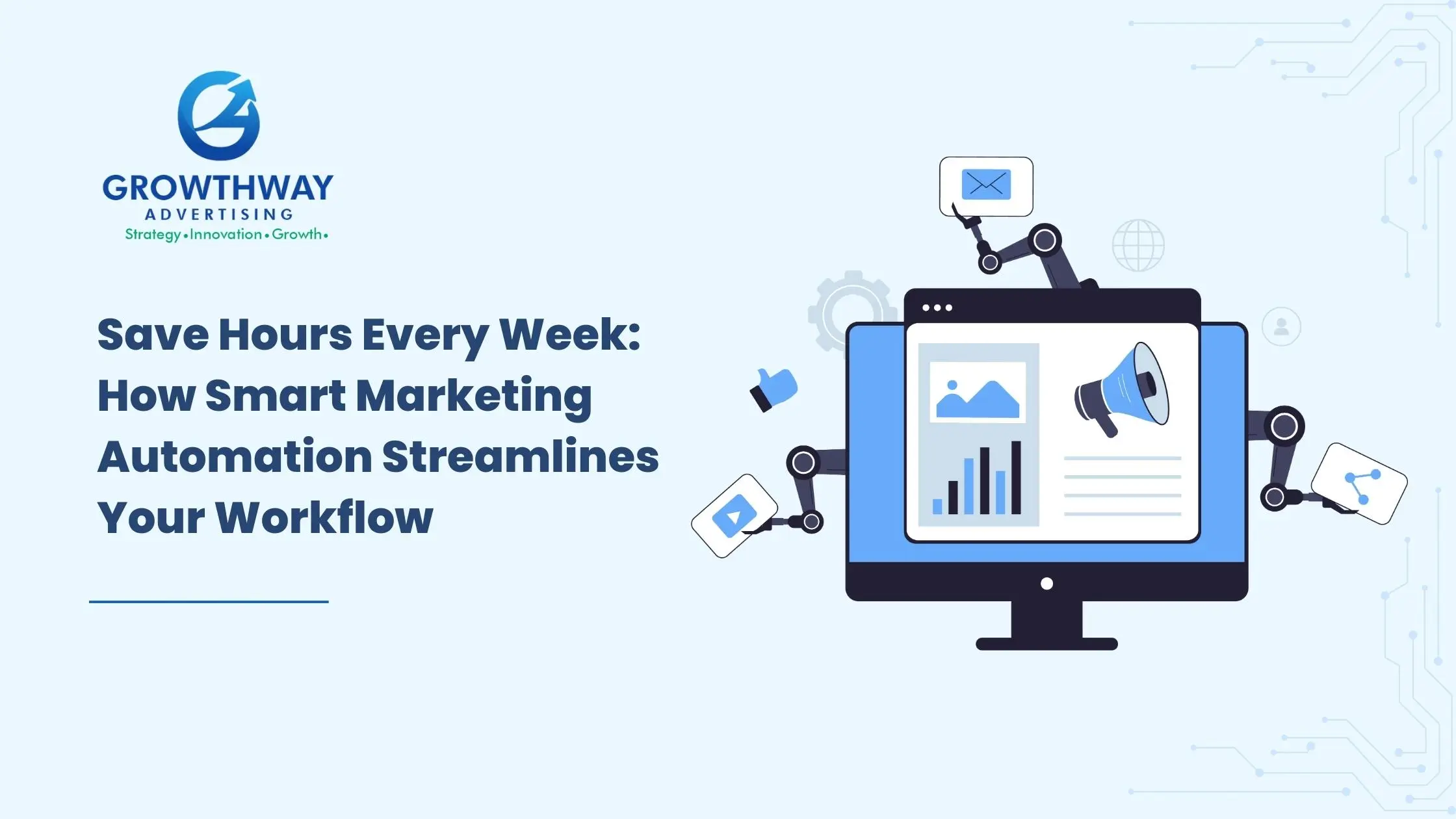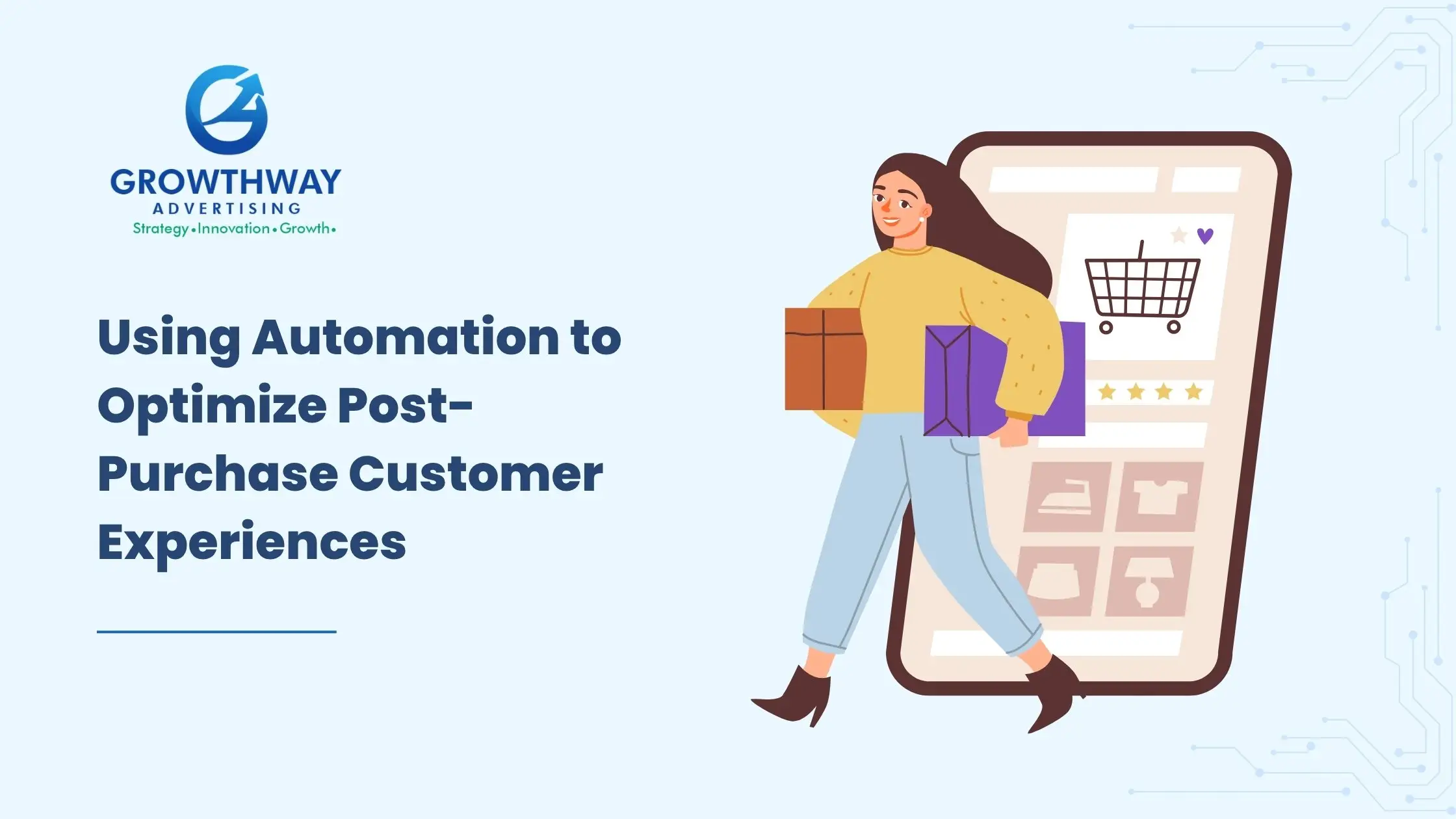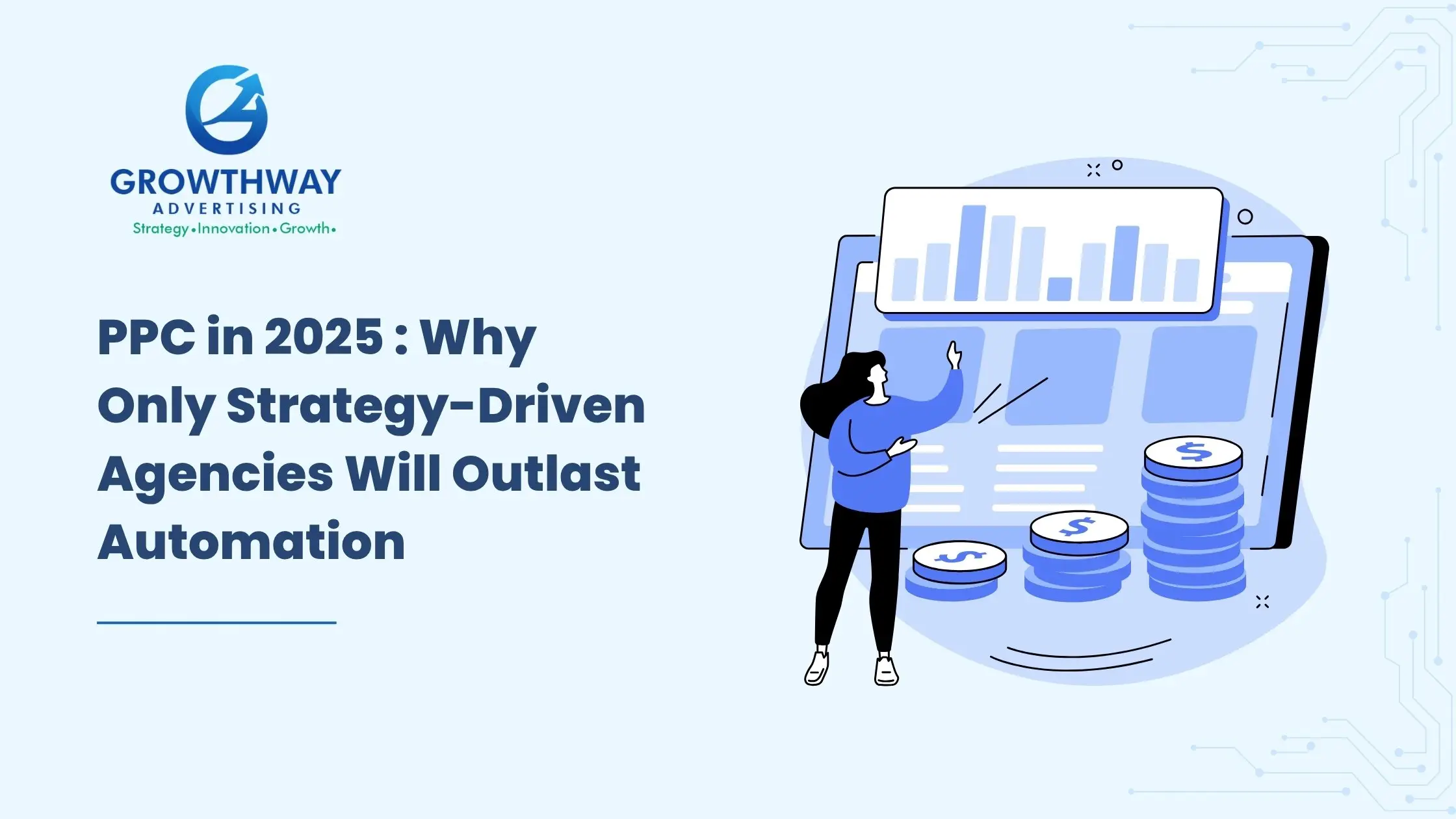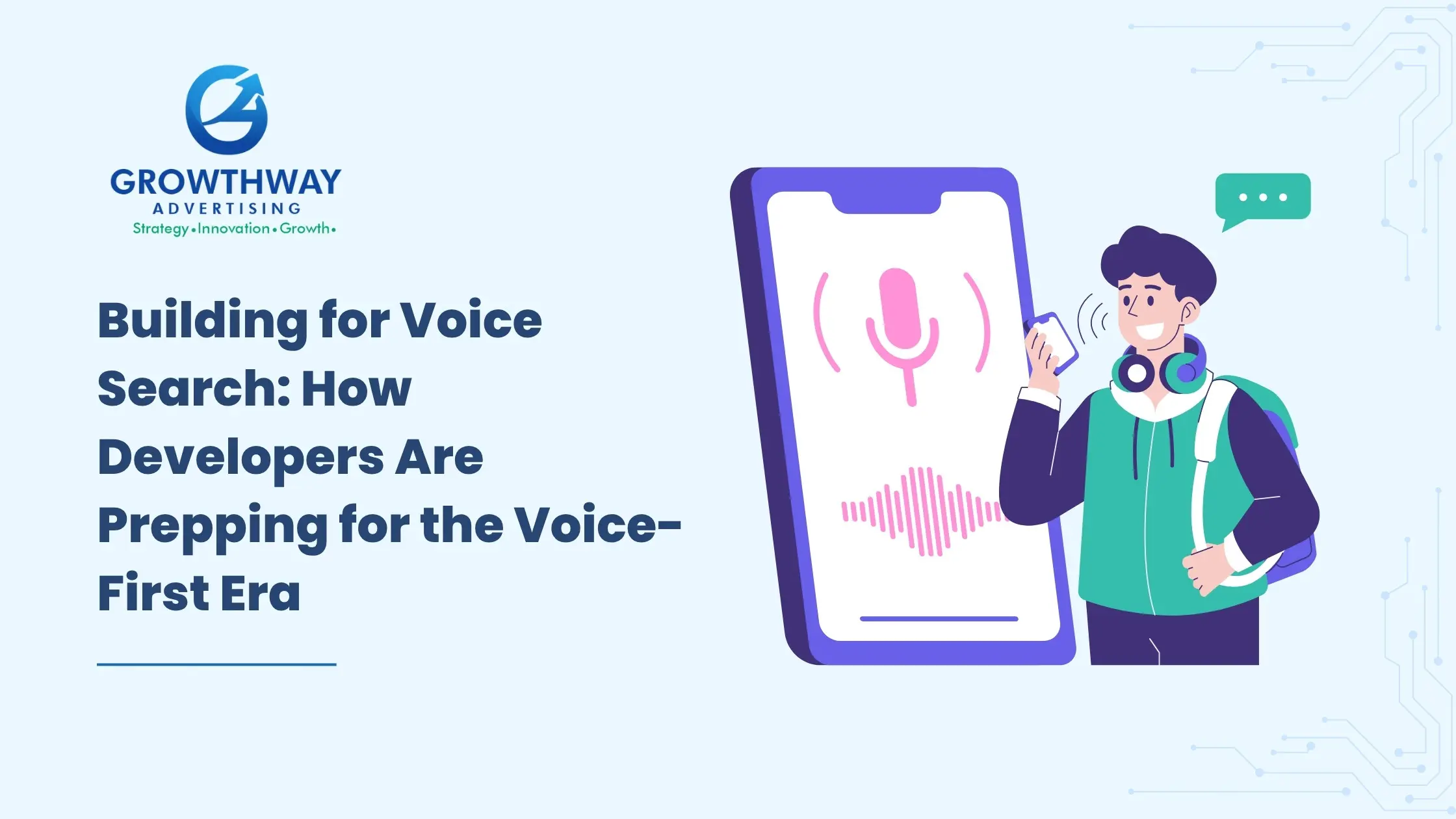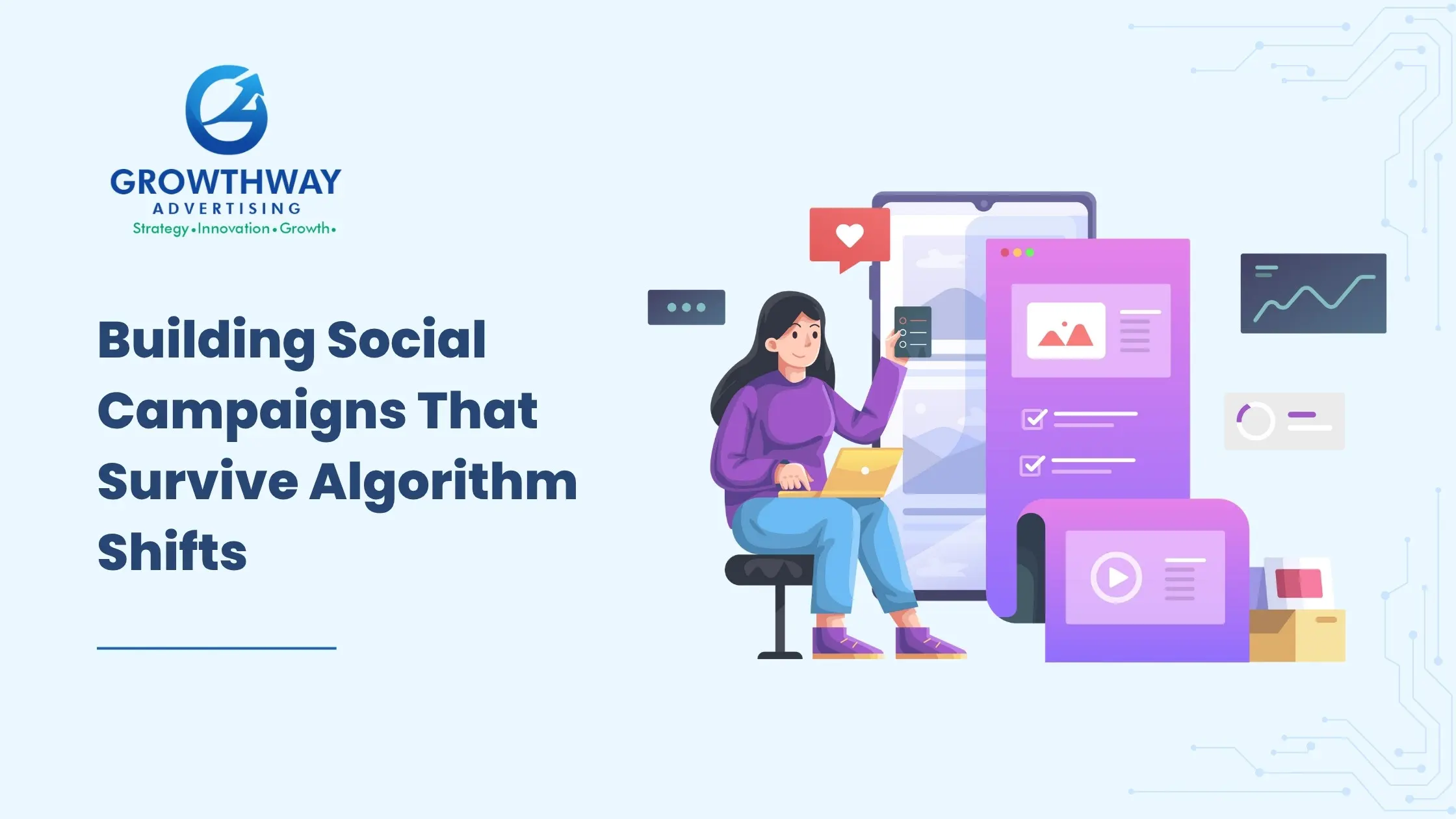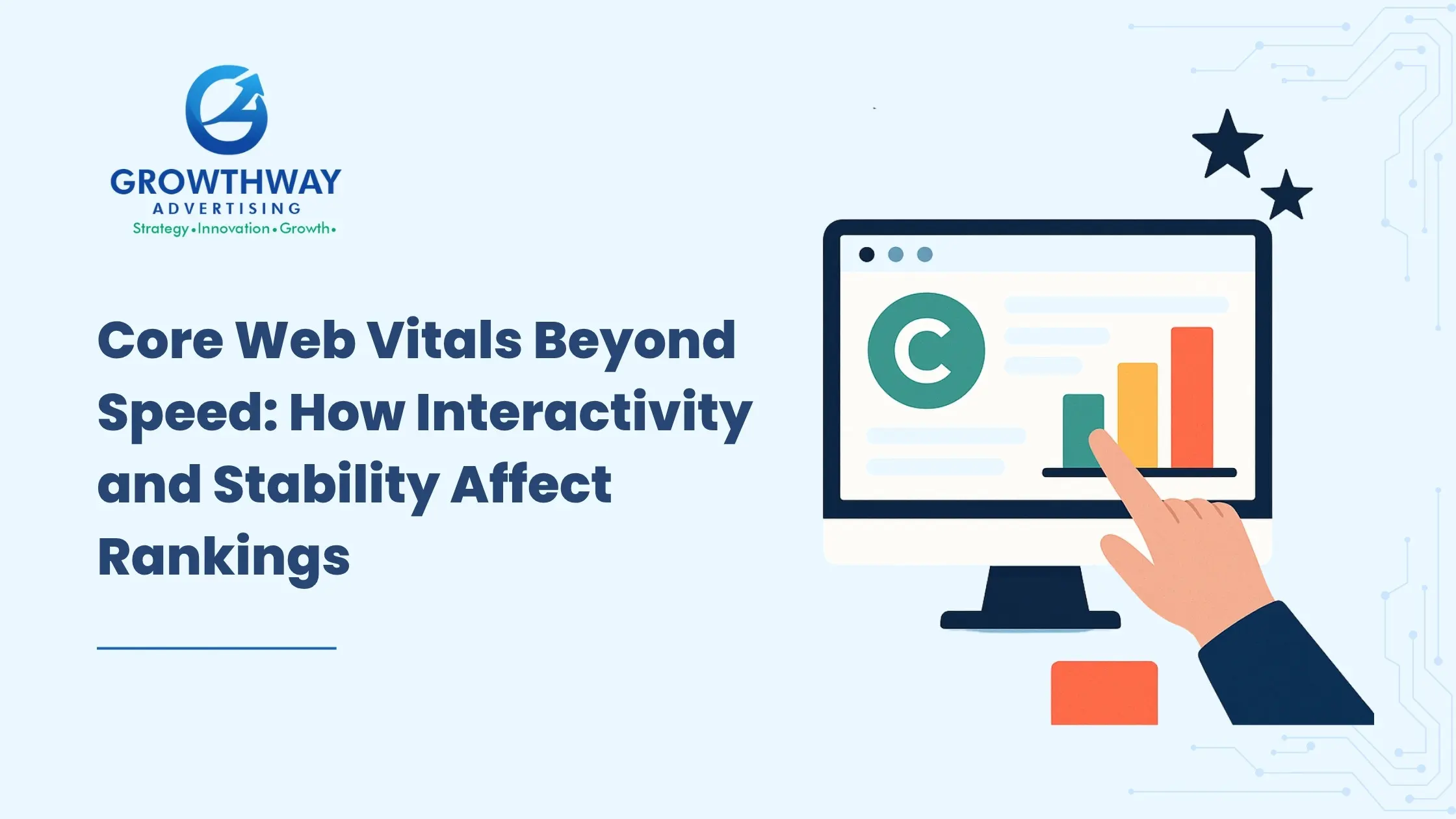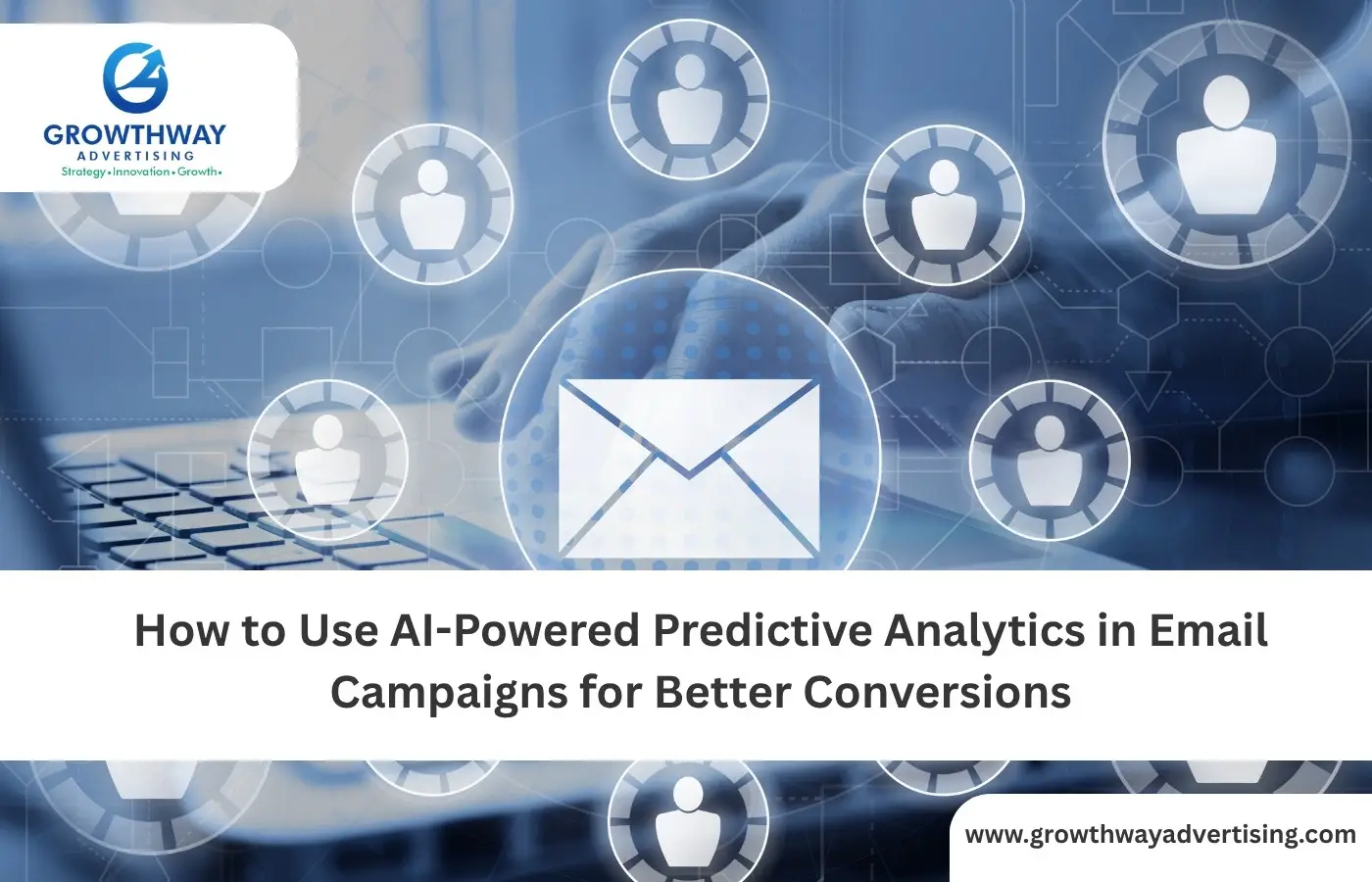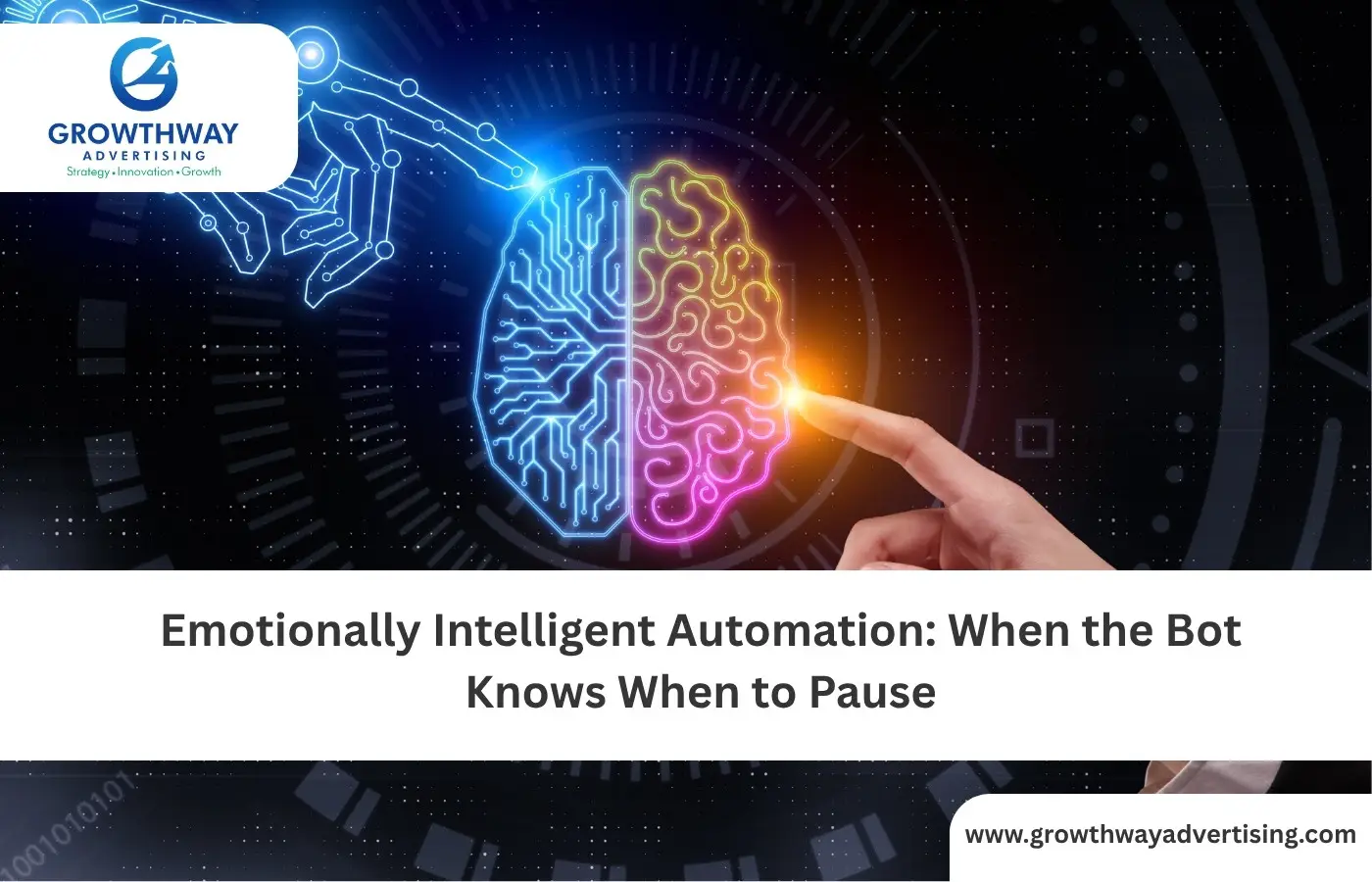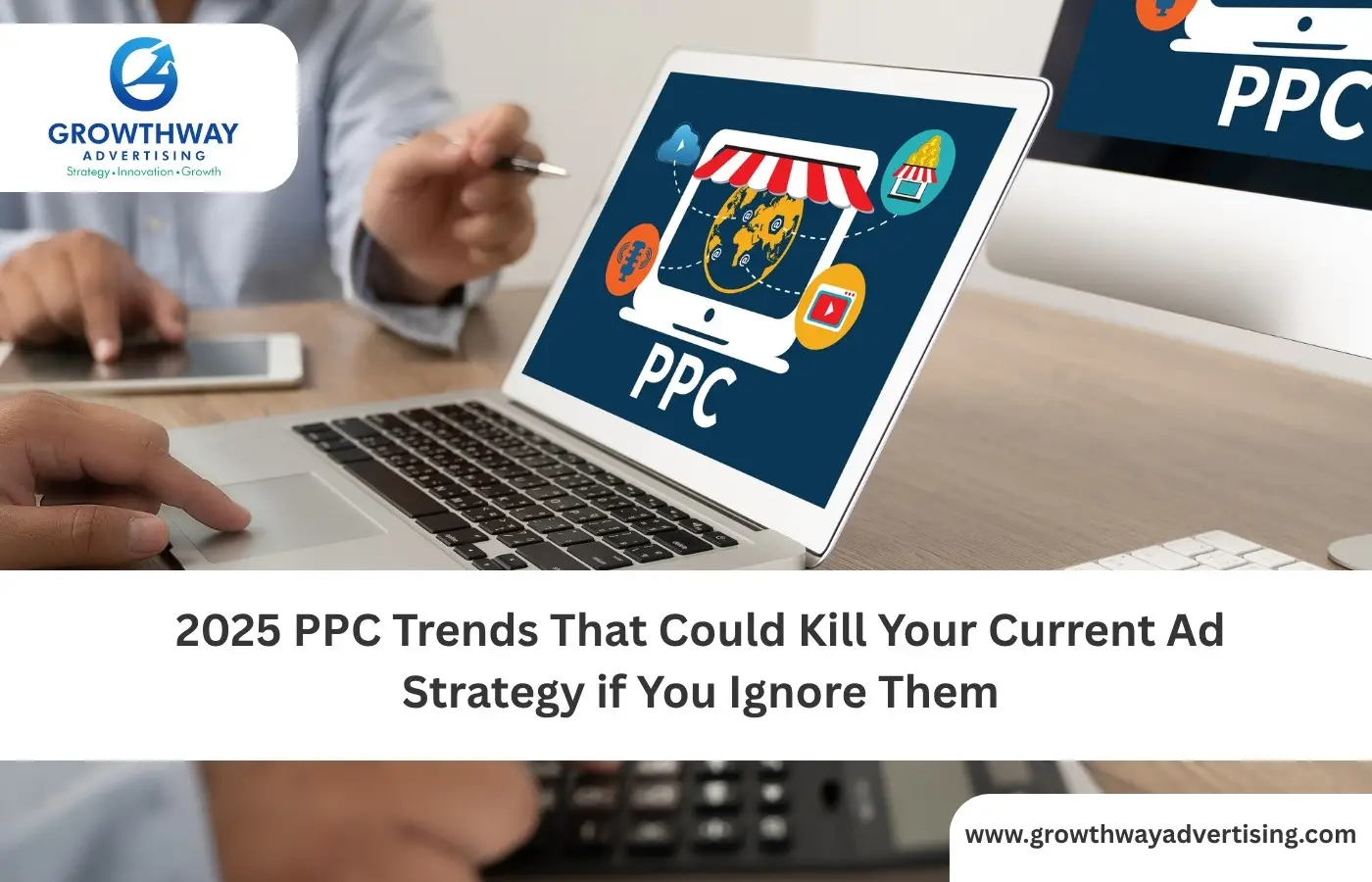In today’s digital marketing landscape, triggered email campaigns stand as one of the most impactful strategies to engage audiences and convert prospects into loyal customers. They are not generic emails sent in bulk, and these are purposefully designed, behavioral, timely messages that find customers at the appropriate touchpoints in their path. Using the expertise of email marketing services and automation workflows, organizations in all industries are leveraging triggered email marketing as a means to tailor their interactions, convert buyers and build relationships that last.
Understanding Triggered Email Campaigns
Triggered emails are automated communications dispatched to their subscribers depending on certain behavior or milestone accomplishment in an ecosystem of a brand. As an example, a shopper who leaves their cart, joins a newsletter or makes a purchase will get a triggered email that dispatches in real-time or almost real-time, pushing the user toward the next desirable behavior. Their relevance within the context also means that these emails will have a much higher open and click through rates than traditional bulk emails.
Typical triggers include:
- Signing up for the first time (welcome series).
- Adding items to a cart but not completing checkout (abandoned cart emails).
- Completing a purchase (post-purchase emails).
- Browsing products without adding them to cart.
- Birthdays, anniversaries, or loyalty milestones.
These aren’t random touches, they’re moments when engagement and intent are highest.
Why Triggered Campaigns Outperform
Automated email campaigns are contextual as opposed to generic blasts. Research always reveals that triggered emails have far greater open rates, click-throughs, and conversion rates than scheduled campaigns. The reasons are straightforward:
- Relevance: Messages are aligned with recent user behavior.
- Timing: Emails arrive when interest is high, not when your calendar says so.
- Personalization: Campaigns can pull dynamic product recommendations, names, and loyalty data.
To email marketing companies or teams working in-house, this is the reason why retention strategies based on triggered flows are the foundation of successful retention strategies.
Building Smarter Campaigns with Email Segmentation Strategies
The same triggered flows should not be given to all subscribers. Effective segmentation boosts performance dramatically:
- Behavioral Segmentation: Target based on browsing or purchase patterns.
- Demographic Segmentation: Tailor offers by age, location, or customer type.
- Lifecycle Segmentation: Treat first-time buyers differently than long-term VIPs.
Segmentation does not involve the division of your list but rather creating email automation workflows that are capable of changing with the customer changing to the next level.
Lifecycle Emails: Nurturing Customers Through Their Journey
Activated emails are usually in the form of lifecycle emails, which are aimed at building customer relationships at each stage. These include new subscriber welcome messages, prospect education and engagement messages and loyalty and VIP messages to keep your best customers. Through email automation workflows, you are able to create multi-step behavior-based campaigns that are non-obtrusive but helpful.
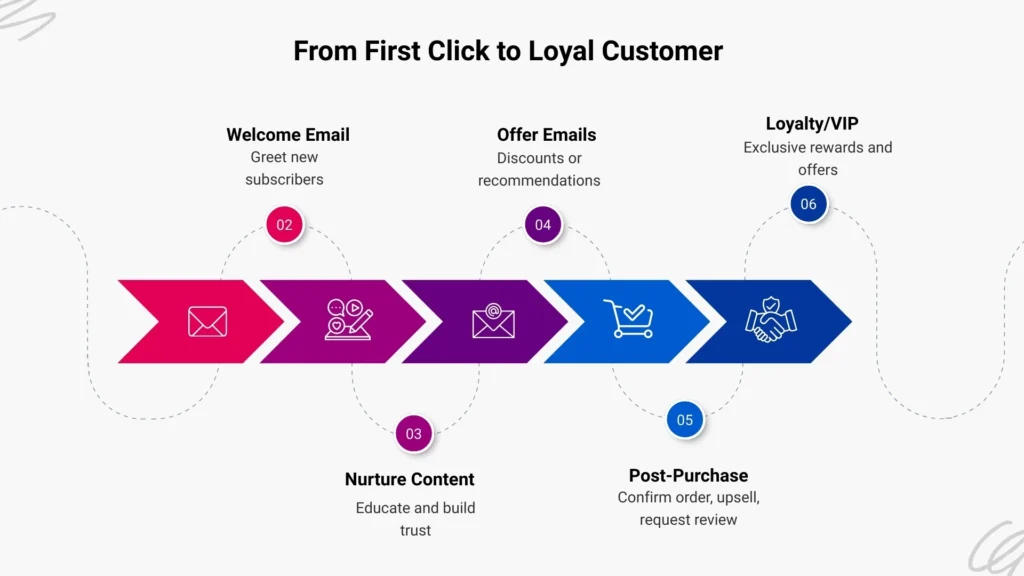
A typical example of a well-architected email lifecycle could begin with a warm welcome email to a new subscriber, progress with educational teaching content based on their interests and finally with special discounted offers on high-value products. As customers keep interacting, the segmentation rules can dynamically shift them to VIP or re-engagement campaigns, ensuring relevancy and lifetime value is achieved.
Beyond the Basics: Advanced Triggered Email Tactics
The next step to become a real master of triggered email marketing is to shift beyond simple triggers and into more complex methods like predictive email triggers and sophisticated conditional logic in sequences. Predictive triggers leverage data science and AI insights to predict customer behavior such as when a customer is about to churn or when inventory of a popular product is getting low and sends email in advance to prevent missing revenue opportunities.
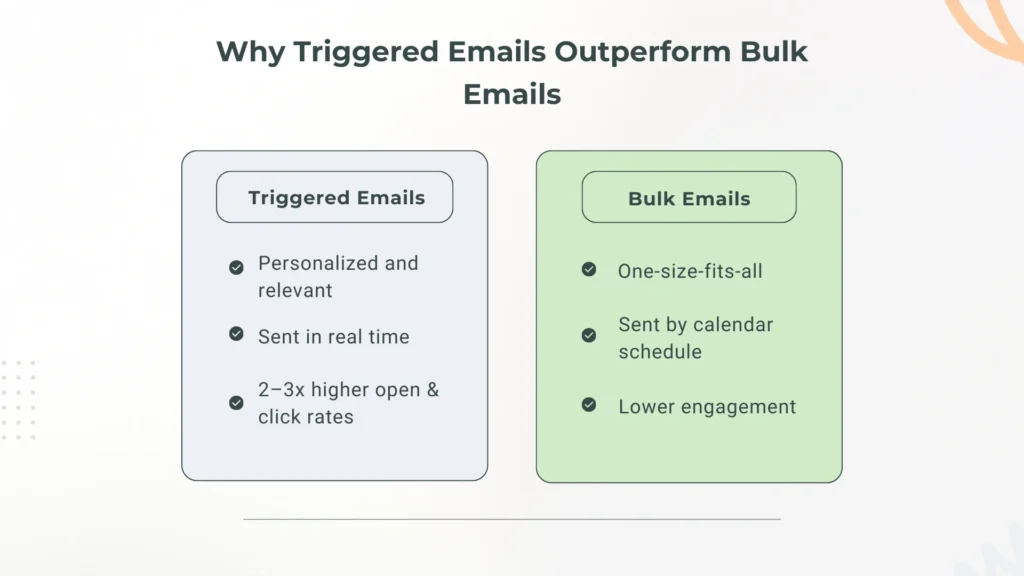
To implement such advanced tactics, it is necessary to have powerful CRM and marketing automation systems which will be able to handle various data streams and run sophisticated sequences. When used in the right way, predictive triggers can make marketing more precise, retain customers better and increase the overall ROI on the campaign.
Maximizing Impact: Calls to Action and Mobile Optimization
Each of the triggered emails must contain a crystal-clear call to action (CTA) that aligns with the purpose of the campaign, which can be to make purchases, leave feedback, or to download information. The hallmark of a clear phrase like Complete Your Purchase, Claim Your Offer or Leave a Review gives a clear direction to the customer, aiding in improved click-through and conversions.
There is also the consideration that most email opens are currently being conducted on a mobile device, and therefore it is important to ensure that all triggered emails are optimized to be seen on a mobile device. This encompasses responsive design, succinct copy and easily tappable buttons which will delight the user irrespective of the device.
Types of Triggered Emails That Convert
Below are some of the key types of triggered emails that will always offer high engagement and conversion rates:
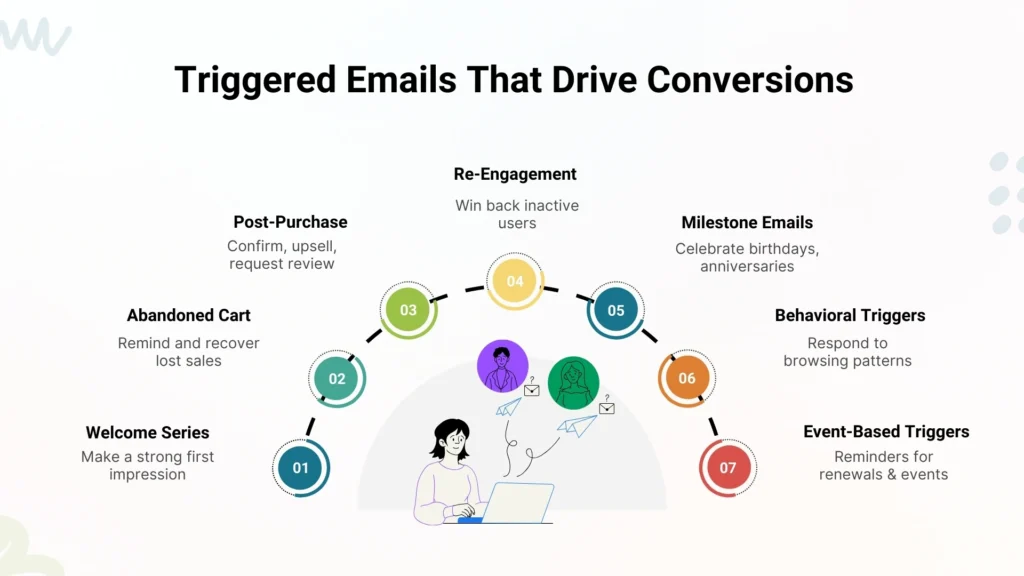
Abandoned Cart Emails: Remind shoppers of the products in their cart to complete the purchase by reminding them of their purchase, occasionally with a discount or a free shipping offer.
Welcome Series: Introduce the new members to a warm welcome, positioning and introductory offers establishing a foundation of a relationship that is mutually satisfying.
Post purchase emails: Confirm orders, provide delivery updates, ask for reviews, and recommend complementary products to encourage repeat purchases.
Re-Engagement Campaigns: Identify dormant users and lure them back with special deals, news of new products, or content personalization.
Milestone Emails: Congratulate on birthdays, anniversaries, or VIP status with special deals or status that help customers feel they are appreciated.
Behavioral Triggers: Emails which respond to certain user activity like viewing a product category more than once or using the app more often giving the user an incentive to use it.
Date/event based Triggers: Reminders about the next appointment, renewed subscriptions, or seasonal offers.
Filling the Gaps in Triggered Email Strategies
Most of the successful blogs and marketers also pay a lot of attention to the general kinds and best practices, but they tend to neglect some crucial advanced features, which might help them to increase the rates of conversion and sophistication of the campaign:
Technical Integrations and Tools: Technical implementations and tools Deep dives into platform configuration, CRM integration, and email marketing service providers that are best aligned to execute complex email automation workflows are not well-charted but play a vital role in ensuring a perfect implementation.
Advanced Conditional Logic and AI: More specific instructions on how to apply logic of if-this-then-that, predictive analytics, and machine learning to triggered campaigns allow dynamism and scalable personalization.
Comprehensive Analytics and KPI Measurement: Open rates, click-through rates, conversion rates, bounce rates and revenue attribution that are specifically linked to triggered campaigns to continuous improvement should be regularly monitored but tend to receive inadequate attention.
Legal and Privacy Best Practices: While compliance is mentioned, more thorough guidance on navigating evolving privacy laws and their impact on segmentation, data collection, and consent for triggered emails offers marketers a competitive edge.
The Future: Predictive Email Triggers
Marketer-audience interaction is changing as the predictive email triggers are developed with the advance of the data analytics and AI technologies. Predicting future actions such as when a customer will be out of a consumable product or when they are likely to churn allows you to send hyper-targeted emails to avoid lost sales or re-engage critical segments before they disengage.
Predictive triggers deployments demand strong data infrastructure, yet promise strong ROI by increasing retention and lifetime value.
FAQ’s
Bulk emails are scheduled blasts sent to a large audience at once, while triggered emails are timely, personalized, and behavior-based, leading to higher engagement.
Yes. Studies show triggered emails have 2–3x higher open and click-through rates than standard campaigns because they’re sent when intent is highest.
Some of the top-performing ones are abandoned cart reminders, welcome series, post-purchase follow-ups, re-engagement emails, and milestone celebrations.
By grouping users based on behavior, demographics, or lifecycle stage, you send more relevant messages, which leads to higher clicks and conversions.
Popular email marketing service providers include Mailchimp, Klaviyo, HubSpot, ActiveCampaign, and several email marketing agencies in India offer setup and management.
There’s no fixed frequency triggered emails are event-driven. They go out when the user takes an action (or fails to), making them natural and non-intrusive.



